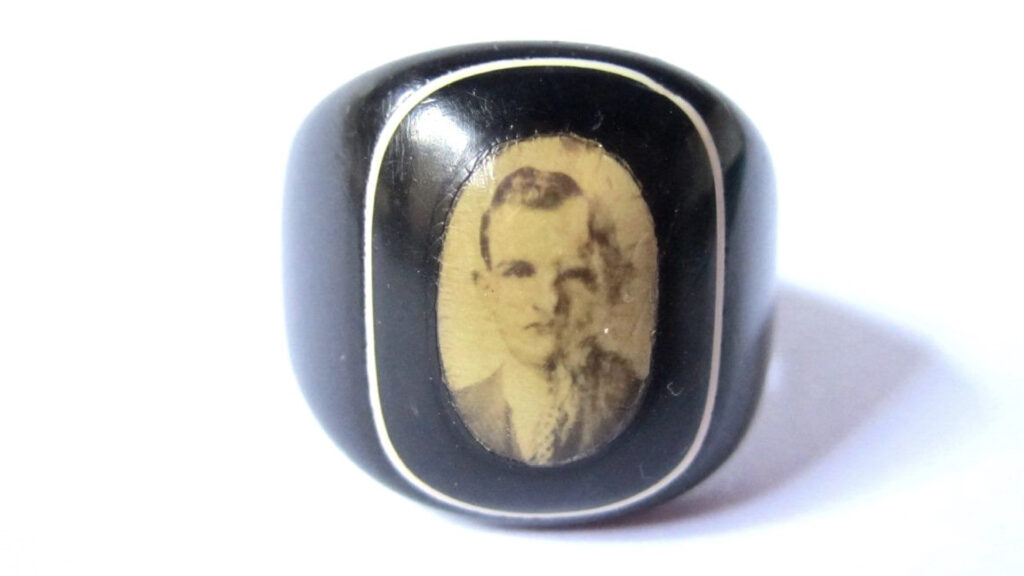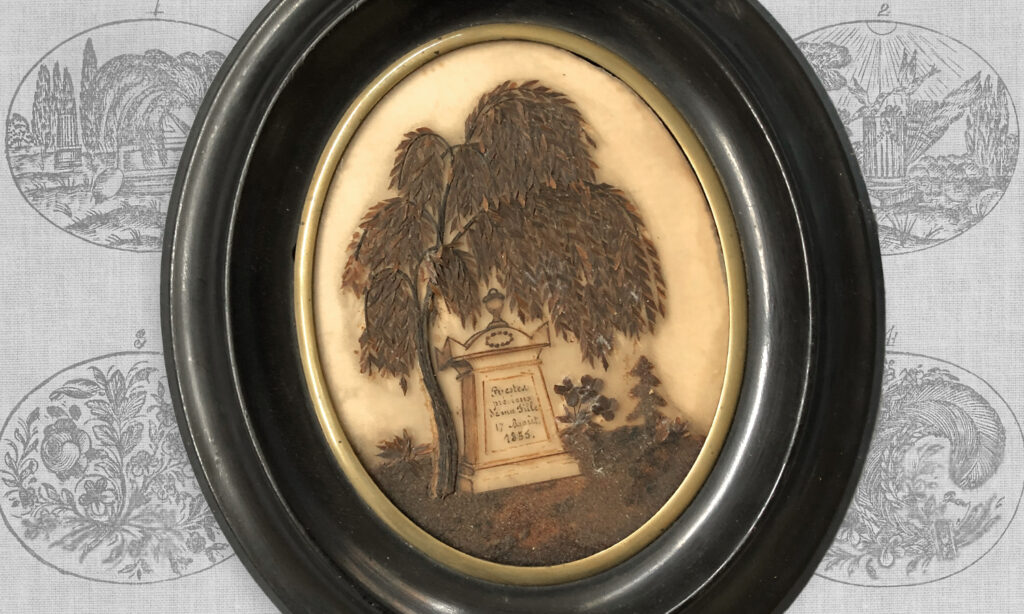Faux Friday: Mourning and Sentimental Art Revivals, Part 3

Part 3 of Faux Friday takes a quick look at the Victorian revival periods and why it’s important to understand these so you know what to look for. I also want to stress that despite the title of ‘faux’, this isn’t an area to pick out pieces, this is a quick overview for the new collector on things to know and look out for when appraising your jewellery!
It is the periods in between the popular revival periods that are harder to define. Pieces from the early 19th century throughout the Regency era are embellished with geometric lines, oval and rectangular shapes, use stones for symbolism and highlight a completely new way of constructing pieces that can almost seem more mature than more later Victorian pieces.
1850-1880 can also be difficult to be exact with, as each year has its individual style. Following the 1860s, memorial jewellery became less prevalent, and styles lingered, handed down, and often no modern alternative was created. The Victorian Rococo flourishes gave way to more rigid symbolism and became smaller and more personal.
Dating pieces is made easier with experience. Mistakes are easy to make with the evaluation of pieces in interim periods, especially without the rapid change of fashion seen in the 18th and early 19th centuries. Identification of a piece is not a sign of forgery, of course. It is during these revival periods, when antique sensibilities are reused, that the line begins to blur on what is or is not original.






